Best Samsung TVs 2025: budget to premium, 4K, 8K, QLED, QD-OLED
Got your eye on a Samsung TV? Right this way, please...
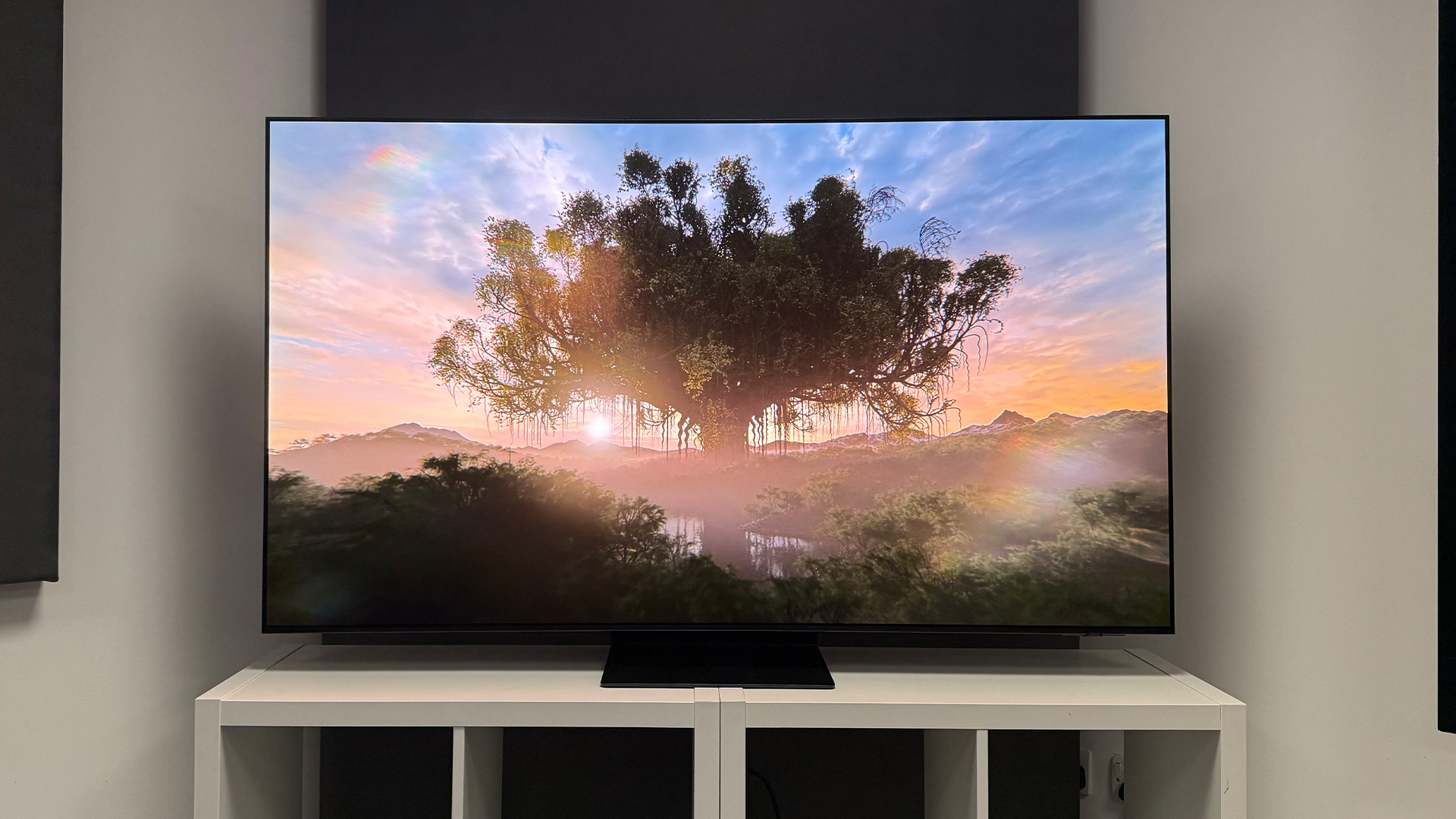
Samsung is one of the biggest names when it comes to TVs. And for good reason, as the South Korean tech giant offers a whole host of different sizes and features to choose from.
From dinky 24-inch TVs to meaty 98-inch sets, there is something for everyone.
Samsung offers sets with QLED, QD-OLED and 8K technology, all of which the company was instrumental in pioneering. But how do you know which Samsung TV is right for you?
The What Hi-Fi? team have been reviewing TVs for decades, including every Samsung set we can get our hands on.
In fact, we recently reviewed a whole host of the brand's latest entries, including the S90F and the flagship S95F, both of which have made it onto this very list.
Below you will find our top recommendations based on the results from our rigorous testing process. This includes putting each TV through its paces and look for picture accuracy, sound reproduction, user-interface intuitiveness and gaming-spec bragging rights. We also compare these models with the current class-leading TVs and often their own predecessor from the year before.
Here, then, are the Samsung TVs that have made it to the top…

I’m a staff writer here at What Hi-Fi? and barely a day goes by when I don’t write something about a TV, whether it’s a news story, hands-on preview, or a full review. I’ve also seen Samsung’s latest developments up close and personal in the UK, Germany and its native South Korea, so I know its range inside out.
September 2025: Replaced Samsung S95D with S95F, also added S90F as best small. Removed QN900D as best 8K.
- Shop today's best TV deals
The best Samsung TV overall

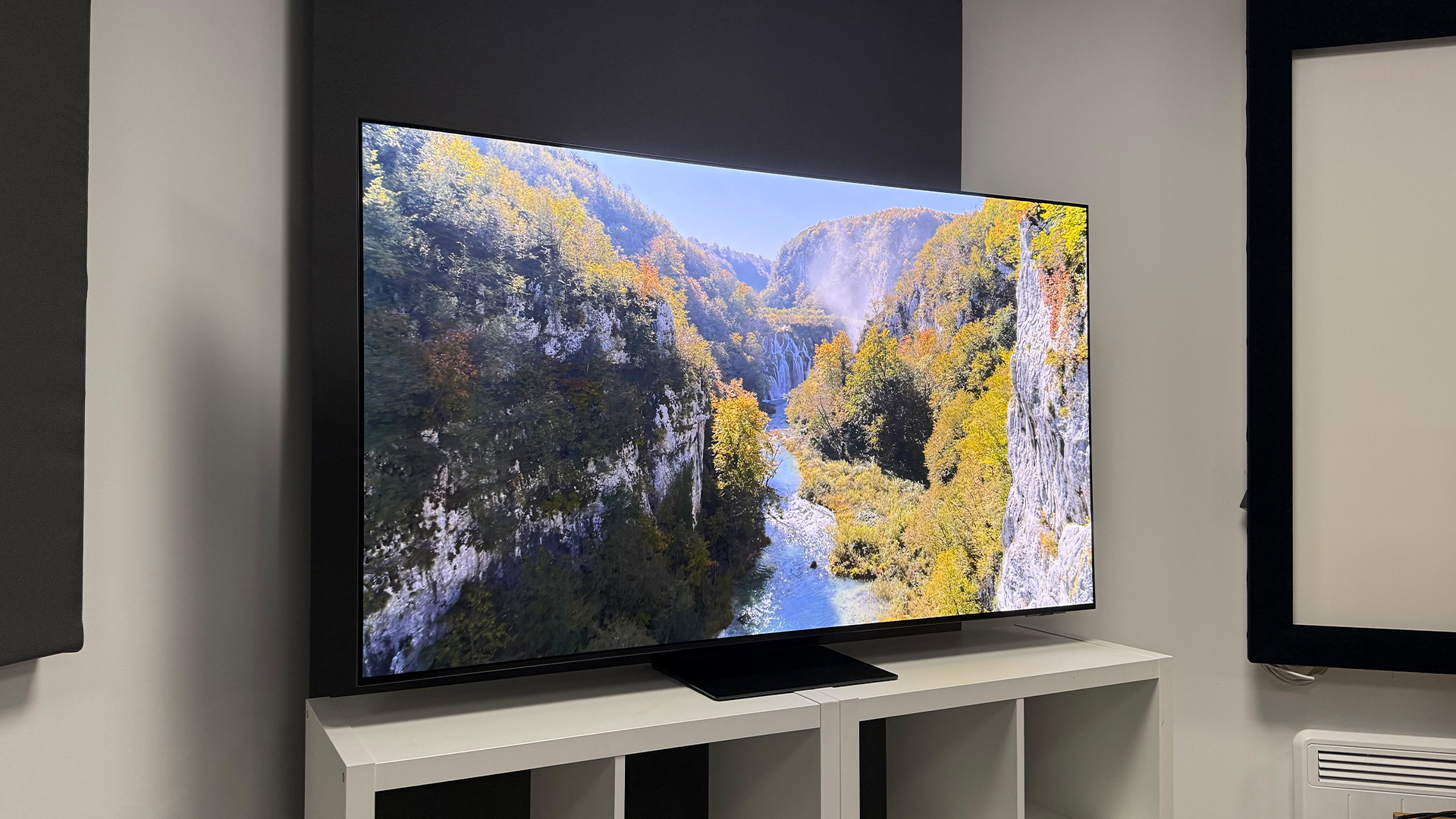
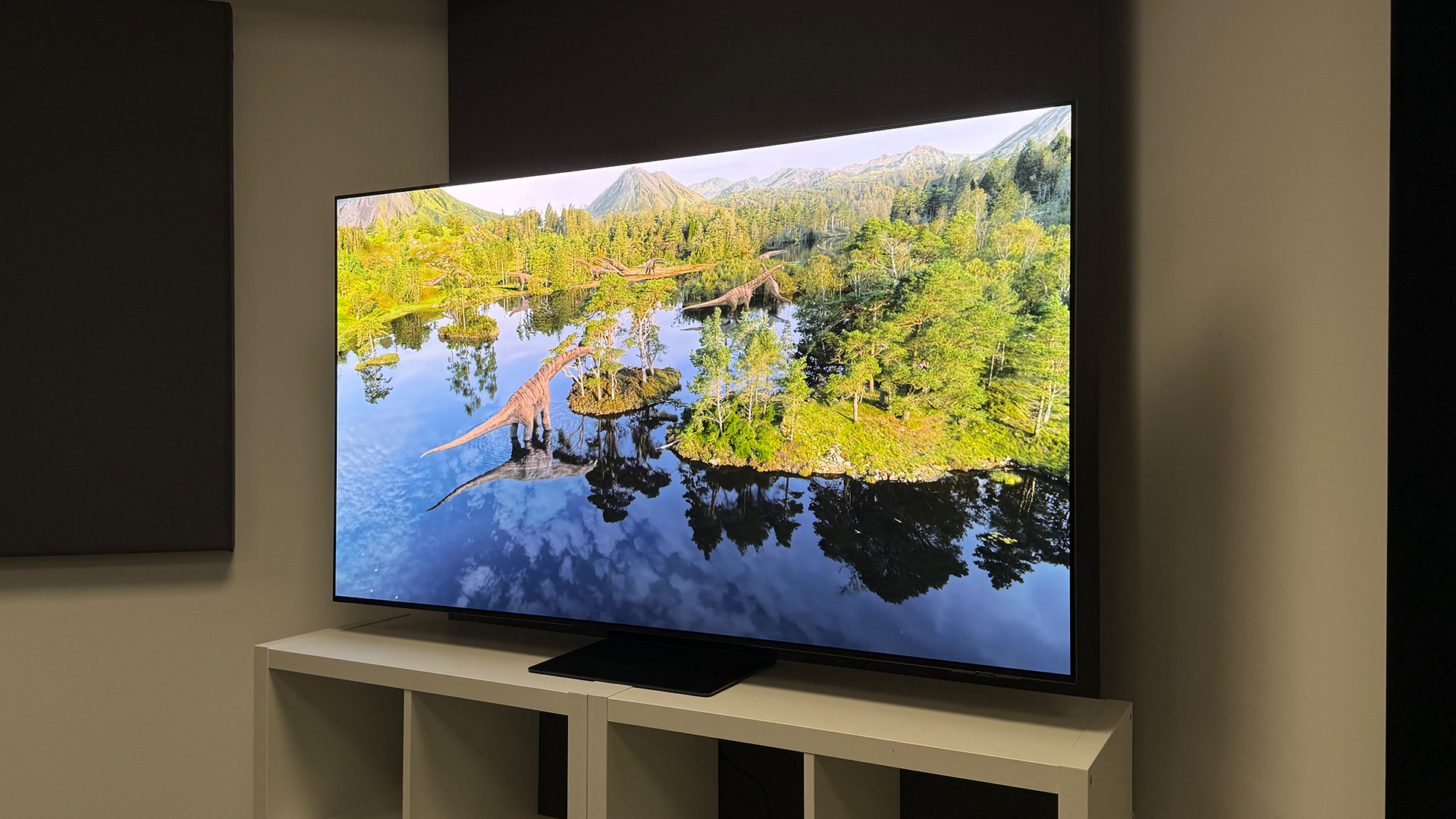
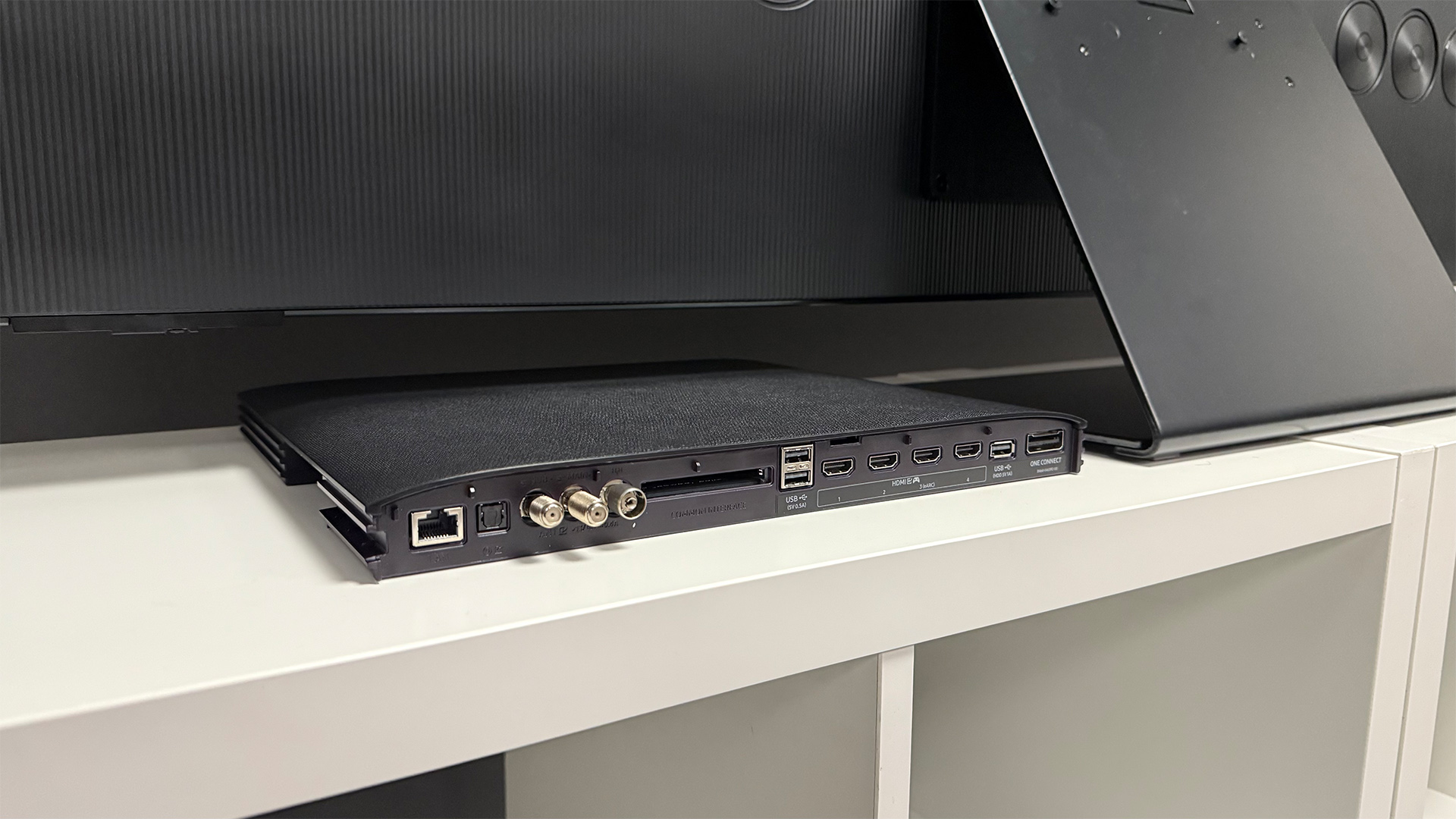

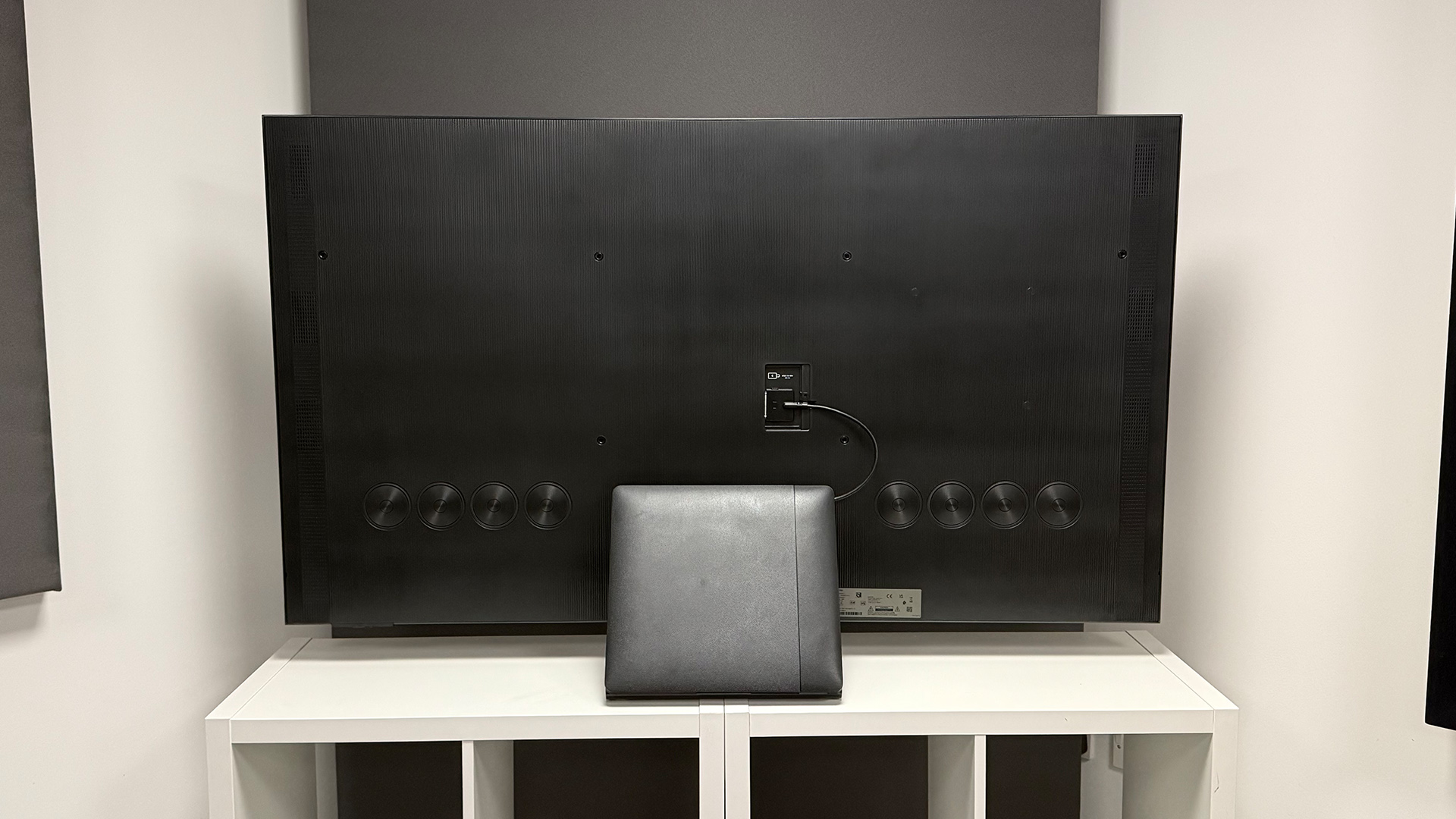
Specifications
Reasons to buy
Reasons to avoid
Samsung has a strong history when it comes to QD-OLEDs, and its fourth generation model certainly upholds this reputation. Its predecessor, last year's S95D, was already a five-star stunner so we were pleasantly surprised that the new set managed to exceed its performance in more ways than one.
So what's new this year? The S95F uses the latest QD-OLED panel technology, which Samsung claims allows the TV to go 30 per cent brighter than its S95D predecessor. There has also been an upgrade to the anti-glare coating, which is great for suppressing reflections, particularly when compared with the relatively glossy panels of the LG G5 and Panasonic Z95B.
In terms of picture performance, the S95F delivers a wonderfully crisp and vibrant image that hugely impressed in our test room. We say in our review: “The punch and vibrancy of the colours are stunning, and this combines with the brilliant brightness of the new panel to create an image that really pops, particularly when viewing bright content.”
It's also a knockout when it comes to gaming, with four full-bandwidth HDMI 2.1 sockets with support for up to 4K/165Hz. Samsung includes a host of useful gaming features like VRR and ALLM, as well as a handful of game streaming apps if you don't have a console. Its Tizen operating system is also packed with movie and TV streaming apps, as well as a bunch of new AI-driven enhancement features.
While we wish it sounded more dynamic, the S95F has very few flaws of note, making it a stellar 2025 flagship outing for Samsung. We do, of course, wish the company would throw in the towel and give us Dolby Vision, but we'll have to keep dreaming on that for now.
Read the full Samsung S95F
The best QLED Samsung TV

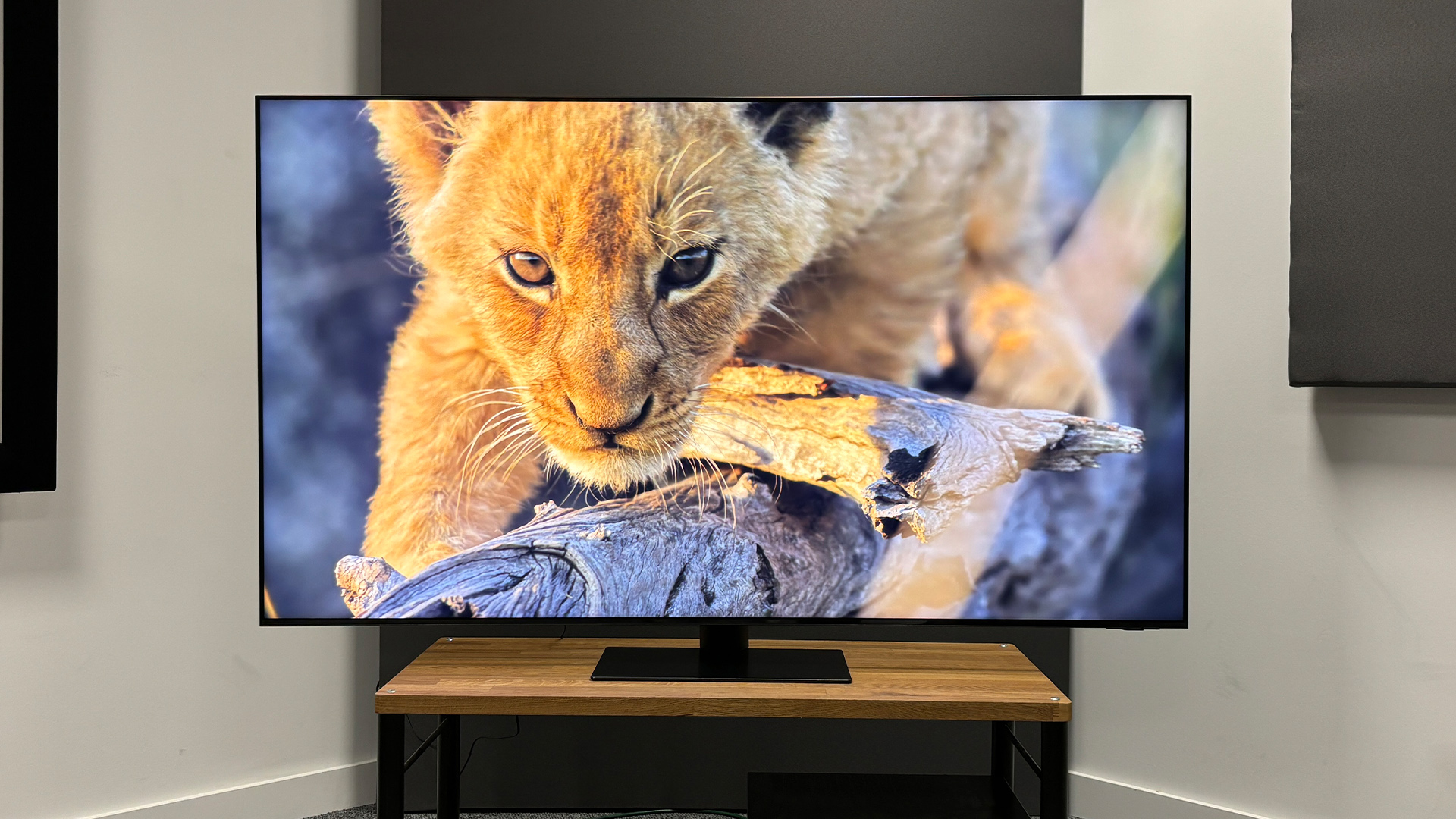

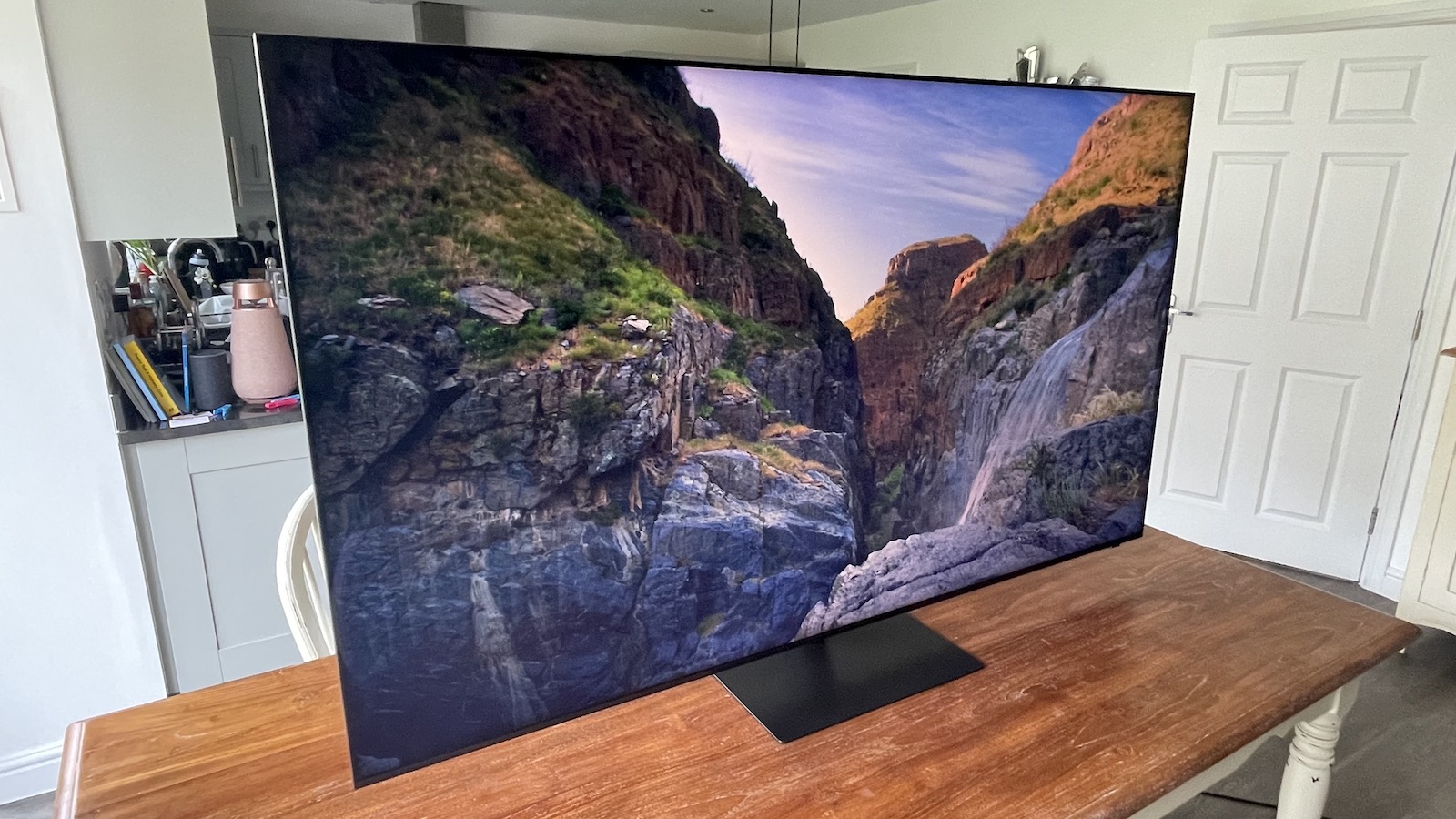
2. Samsung QE65QN95D
Our expert review:
Specifications
Reasons to buy
Reasons to avoid
On the surface, at least, the traditional divisions between different TV technologies appear to be breaking down. We've recently had OLED screens turning to new technologies to deliver levels of brightness alongside their traditional black-level prowess that we never thought OLED would be capable of, while in the LCD world the new Mini LED TVs combine their tiny light sources with much more advanced local dimming to introduce better black level performance to go with their traditional brightness advantage.
Fun though this picture quality convergence sounds in principle, the reality as represented here by Samsung’s QN95D suggests that not only is there actually still plenty of TV tech divergence out there, but that such divergence is actually something to celebrate.
After only achieving a relatively mild improvement over their predecessors with its 2022 Mini LED TVs, Samsung moved things on much more convincingly with the QN95C last year. That brings us to the QN95D which also impressed during testing for its bright, crisp and fairly well-balanced picture quality. While watching Oppenheimer, for example, we said: " Outdoor scenes look vibrant and punchy, but not in an unnatural sense, while bursts of sun through windows make characters’ faces shine."
We did find the bass to be underwhelming at points and a distracting blue halo was apparent around particularly bright objects. Still, the four-star TV is a great option if you are on the hunt for a QLED TV.
Read our full Samsung QE65QN95D review
The best small Samsung TV

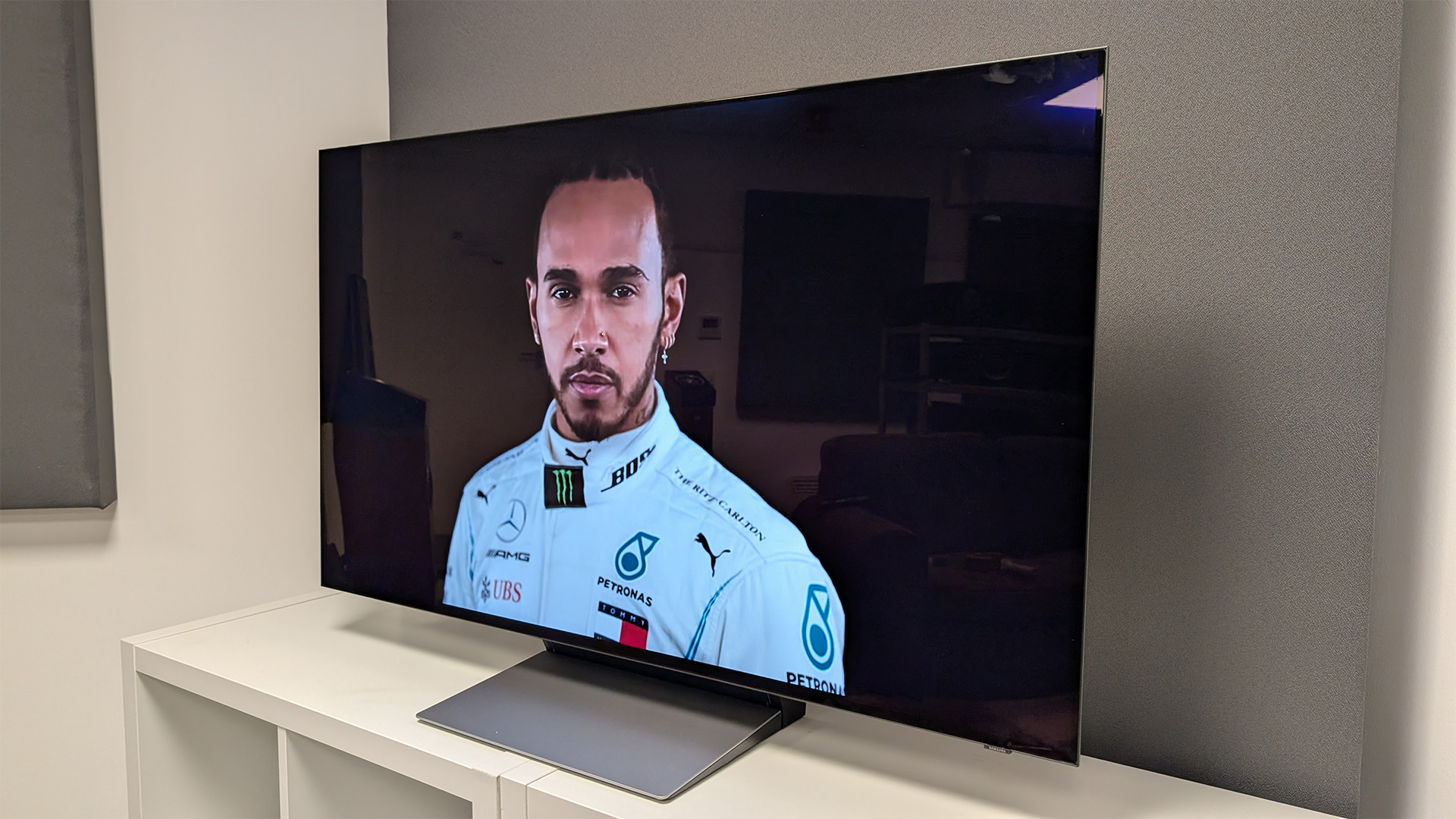
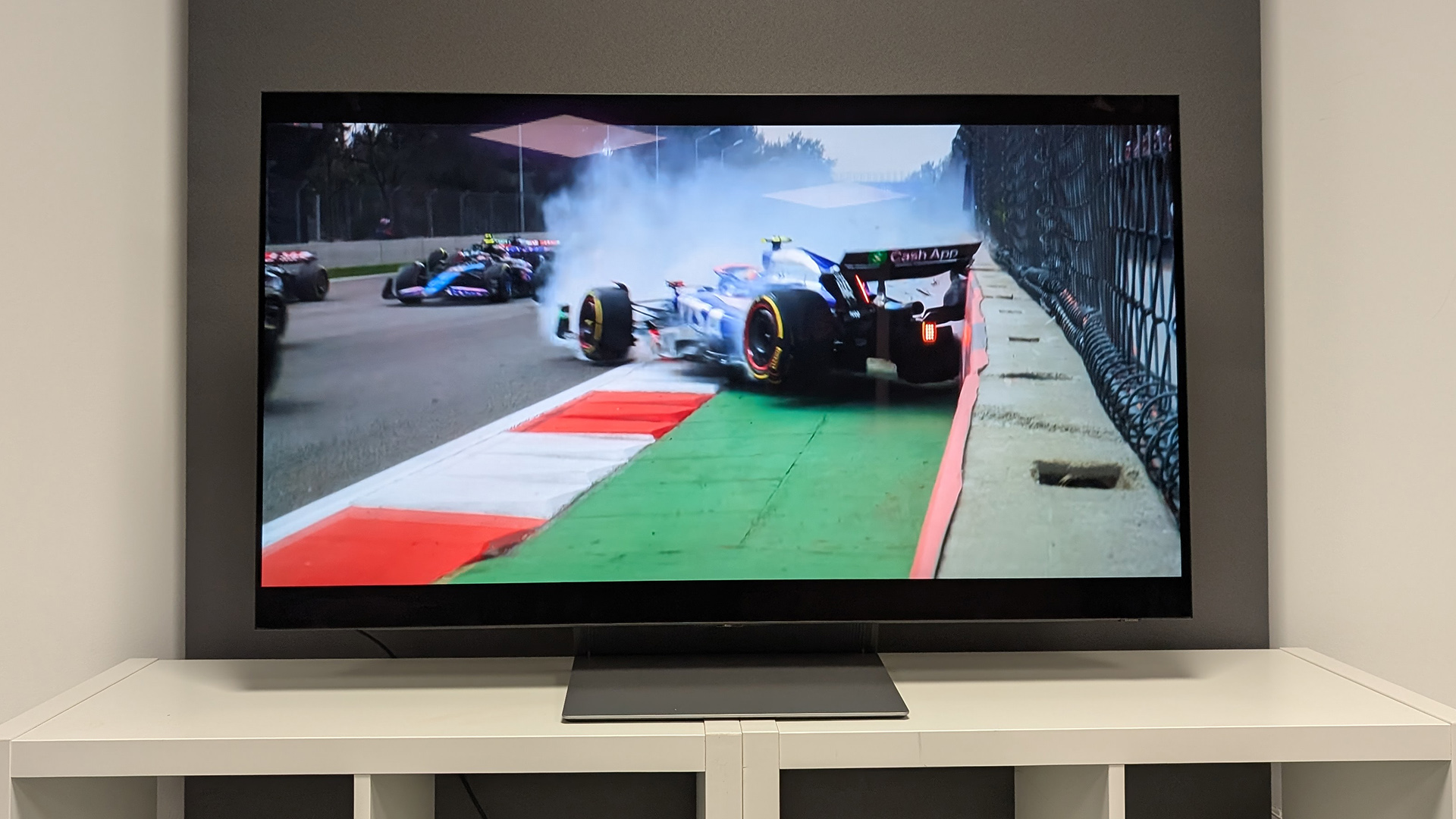

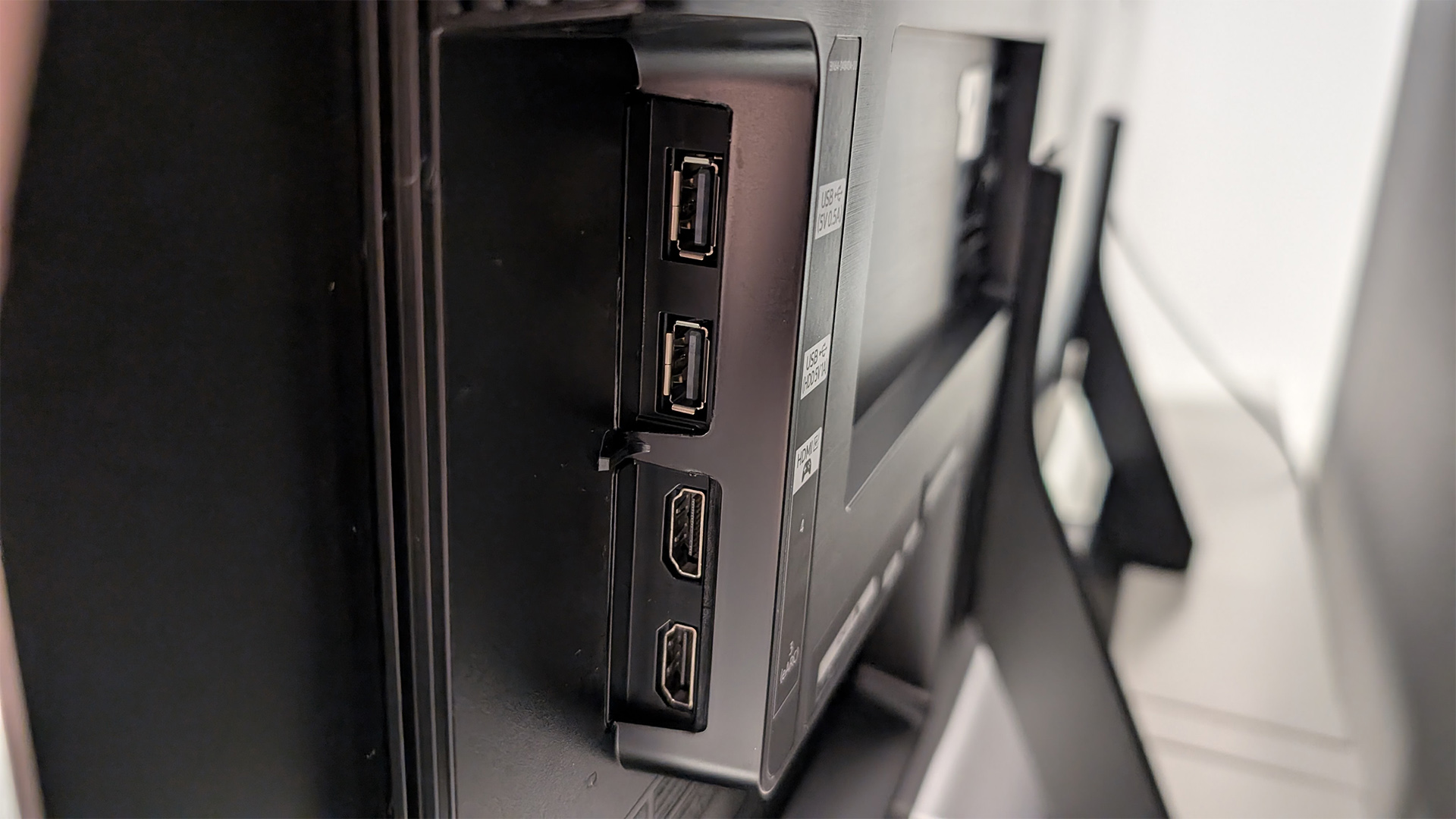
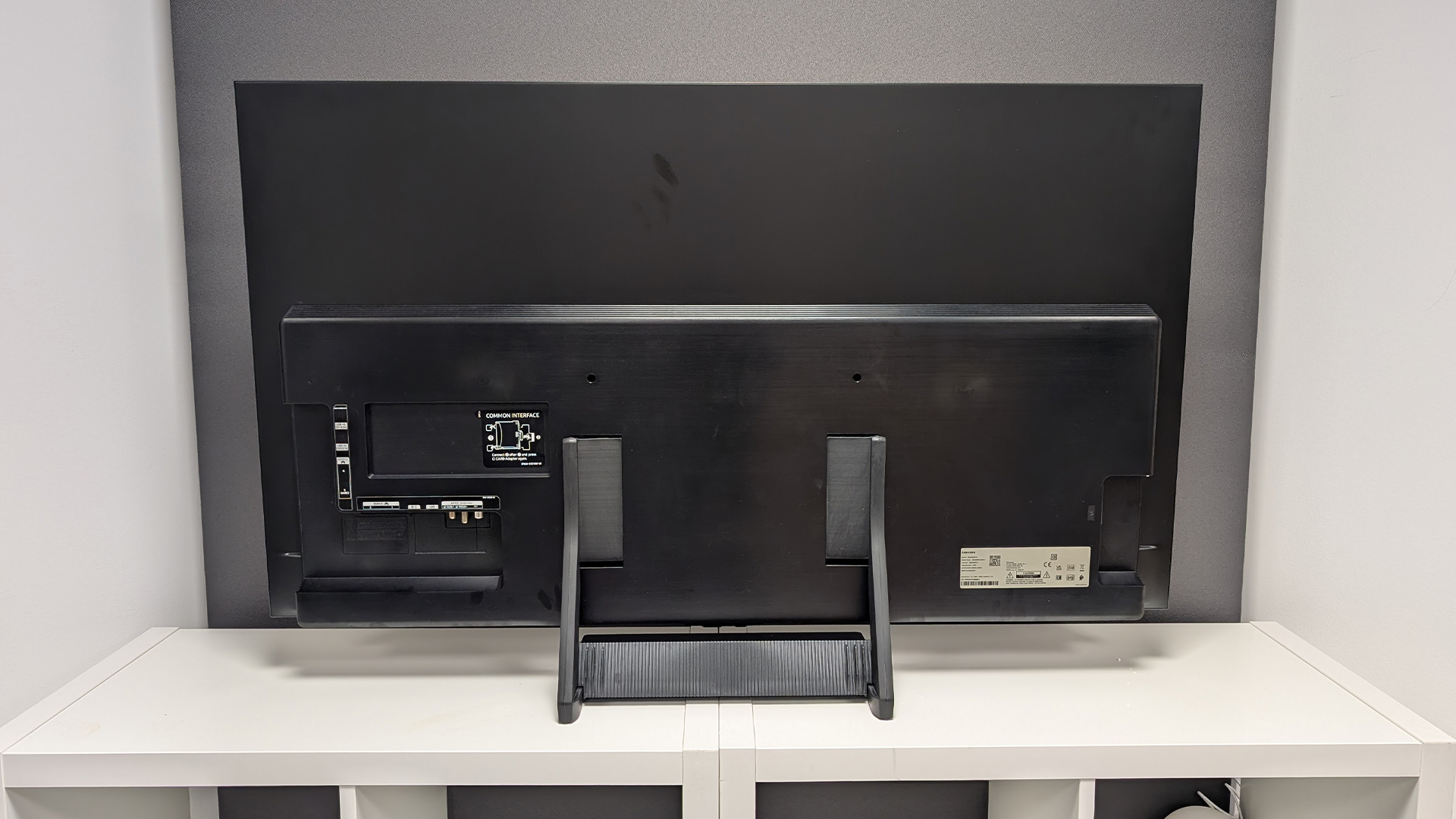
Specifications
Reasons to buy
Reasons to avoid
If you are looking for a TV suitable for a small lounge or bedroom, or are simply low on space, a 48-inch model is a great way to go. And the S90F is the best Samsung has to offer, boasting a warm yet detailed picture, as well as impressive gaming specifications.
Before we get more into that, though, it's worth saying how easy and stress-free the S90F is to put together. The central pedestal stand is quick and easy to connect to the screen, with a screw-free design that takes less than a minute to assemble. There are also gaps in the pedestal’s top and sides which make it easy to pass cables through. The overall result is a sleek, clean finish.
And once it's set up, the S90F delivers a bright and punchy image that offers an engaging overall image. When watching True Grit, we say in our review: “The picture retains its spaghetti western, grainy feel, but features a wonderful sense of depth, with every stitch and dirt stain in the characters’ clothing looking sharp, but never artificial.”
The set is also well equipped for gamers, with four full-bandwidth HDMI 2.1 sockets, as well as VRR and ALLM. It actually goes beyond 4K/120Hz with its support for 4K/144Hz – though this is relevant only to hardcore PC gamers with similarly hardcore rigs.
In terms of sound, however, the 2.1.2-channel Dolby Atmos built-in audio falls short of greatness. As usual with any TV, we highly recommend budgeting for a Dolby Atmos soundbar or AVR and surround sound speaker package.
Those sonic drawbacks aren't enough to deter from the impressive picture, feature set and design, making the S90F a strong performer wrapped up in a pint-sized package.
Read the full Samsung S90F review
How to choose the best Samsung TV for you
Considering Samsung’s track record there’s certainly sound logic behind deciding to buy one of its TVs, but there’s so much choice within the range that picking the one that suits you best is a little bit trickier.
As with any TV purchase, size should be high on your list of considerations; there’s no point in having a TV that’s too big or too small for the space. It’s not an exact science, but if you take the size of a TV’s screen in inches and multiply it by 1.2, that’ll give you a good idea of how far away you should sit. You can read all about the theory behind which TV size you should buy, and while there are other factors to take into account, it’s a good place to start.
Most of Samsung’s TVs use either QLED or QD-OLED panels. The big difference between the two is that QLED TVs require a backlight and QD-OLEDs don’t, with the former usually noted for their brightness and the latter for their contrast, but there are pros and cons to both. We have a comprehensive OLED vs QLED explainer here.
If you’re looking for a larger TV, you’ll probably need to opt for QLED, particularly if 8K is on your agenda. There’s an argument that the lack of 8K content makes buying a TV capable of showing it completely pointless, but if you’ve got the money to spend, Samsung’s processing tech is generally excellent at upscaling 4K. One thing you won’t get from a Samsung TV no matter how much you spend, though, is support for Dolby Vision – Samsung has its own HDR codec called HDR10+.
Keen gamers should pay attention to a TV’s HDMI ports. To get the most out of your PS5 or Xbox Series X, you’ll need full-bandwidth HDMI 2.1 sockets, so if you own more than one console and also want to plug in a soundbar, make sure the TV you’ve got your eye on has enough. PC gamers shouldn't feel left out either, with Samsung’s newest sets also including support for a maximum 144Hz refresh rate.
Samsung TV FAQ
What’s the difference between OLED, QLED, and QD-OLED?
All three are different types of screen technology, although there is a certain amount of crossover between them.
Like many LCD TVs, QLED TVs use an LED backlight, but instead of creating the colours by shining the light through an LCD layer, they have a layer of Quantum Dots instead. These go brighter and produce richer colours.
As you can probably guess from the names, OLED and QD-OLED are also related. OLED TVs don’t need a backlight, instead charging individual pixels and passing the light that’s emitted through an RGB filter to create the colours. QD-OLED differs in that it emits a blue light for each pixel, which then passes through green and red Quantum Dot layers. This allows QD-OLED TVs to be brighter, which is the main criticism that’s often aimed at OLED TVs.
To go into the full details on each would take up much more space than we’ve got here, but those are the basics. If you want more depth, this full explainer has you covered.
Should I buy an 8K Samsung TV?
It’s now six years since Samsung introduced its first 8K TV you could actually go out and buy, and the amount of 8K content available to watch is pretty much the same today as it was then: almost non-existent.
Sure, there’s the odd video on YouTube that might make a good demo, but none of the streaming services offer 8K and there isn’t a physical disc format that offers it either (and chances are there never will be).
Does that make buying an 8K TV a completely pointless endeavour? Not entirely, but because of the price it’ll only make sense for a very small number of people. Choosing an 8K TV today does futureproof you to a certain extent, and the QN900D is excellent at upscaling, so it can make 4K stuff look absolutely stonking in the meantime.
How we test the best Samsung TVs
Samsung is one of the most prolific TV manufacturers out there, so plenty of its sets pass through our doors every year – but how exactly do we test them?
Behind those doors are our state-of-the-art testing facilities – we have test rooms in the heart of London – which have been designed to provide the best environment for evaluating the picture and sound performance of a TV under the same conditions, ensuring consistency across all reviews.
Every TV is tested in isolation on its own merits, but as part of every review we also conduct side-by-side comparisons with the highest-rated TVs in the same price category from both the current and pervious year, which allows us to find the very best.
Each verdict is also formed after several pairs of eyes and ears have taken part in the testing (the What Hi-Fi? team has over 150 years of experience), so while the reviews are written by one individual, the final assessment is free from the influence of any personal preferences.
It’s from these reviews that we compile these Best Buy lists, so if you pick a product listed above as your next TV you can be sure that it’s going to live up to expectations.
You can read more about how we test products here.
Latest updates
- September 2025: Replaced Samsung S95D with S95F, also added S90F as best small. Removed QN900D as best 8K.
- March 2025: Replaced Samsung's QN95C with the newer QN95D TV in the best QLED entry.
- May 2024: Revised intro, 'how to choose', and 'how we test' sections, added an FAQ section and 'author' block.
MORE:
Our guide to the Samsung 2024 TV lineup
Our pick of the best Sony TVs
And the best LG TVs: LCD, OLED, 4K HDR
WRGB OLED vs Quantum Dot OLED: what are the differences and which is better?
The latest hi-fi, home cinema and tech news, reviews, buying advice and deals, direct to your inbox.
Lewis Empson is a Senior Staff Writer on What Hi-Fi?. He was previously Gaming and Digital editor for Cardiff University's 'Quench Magazine', Lewis graduated in 2021 and has since worked on a selection of lifestyle magazines and regional newspapers. Outside of work, he enjoys gaming, gigs and regular cinema trips.
